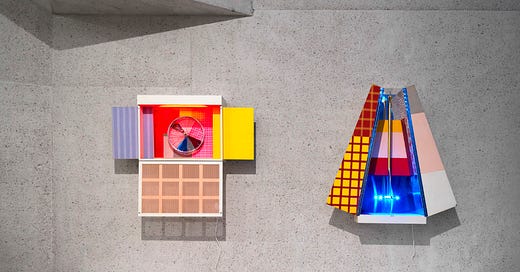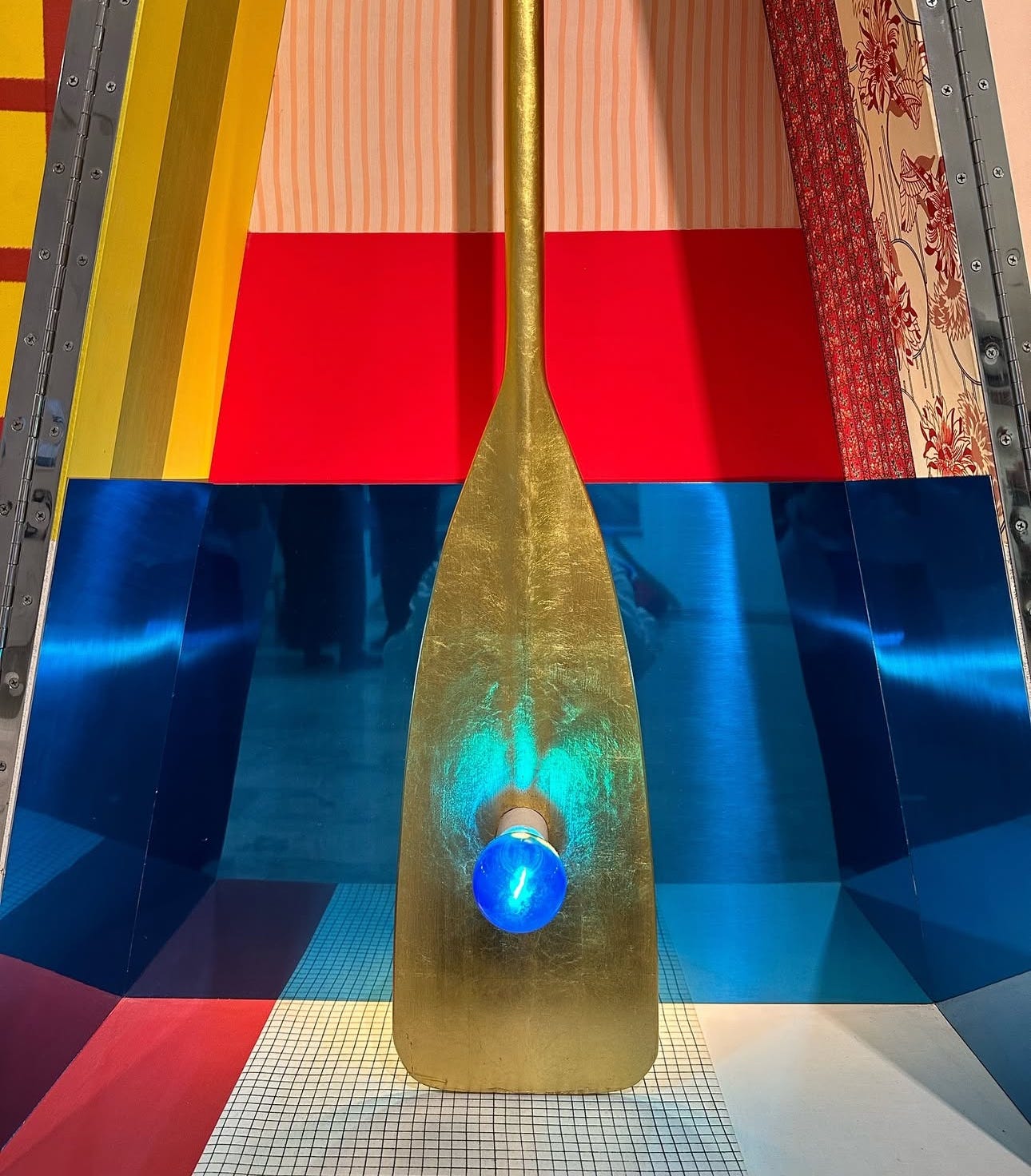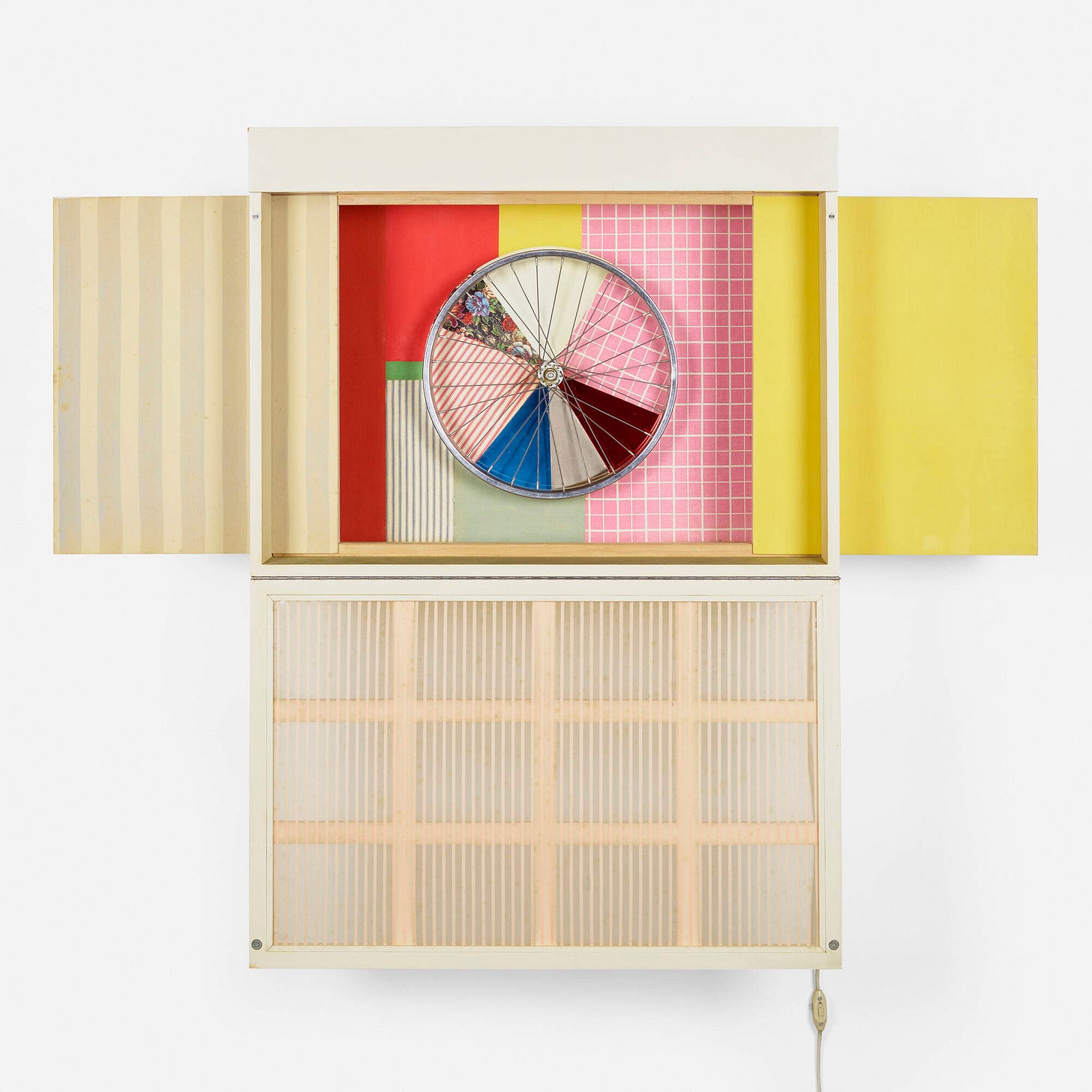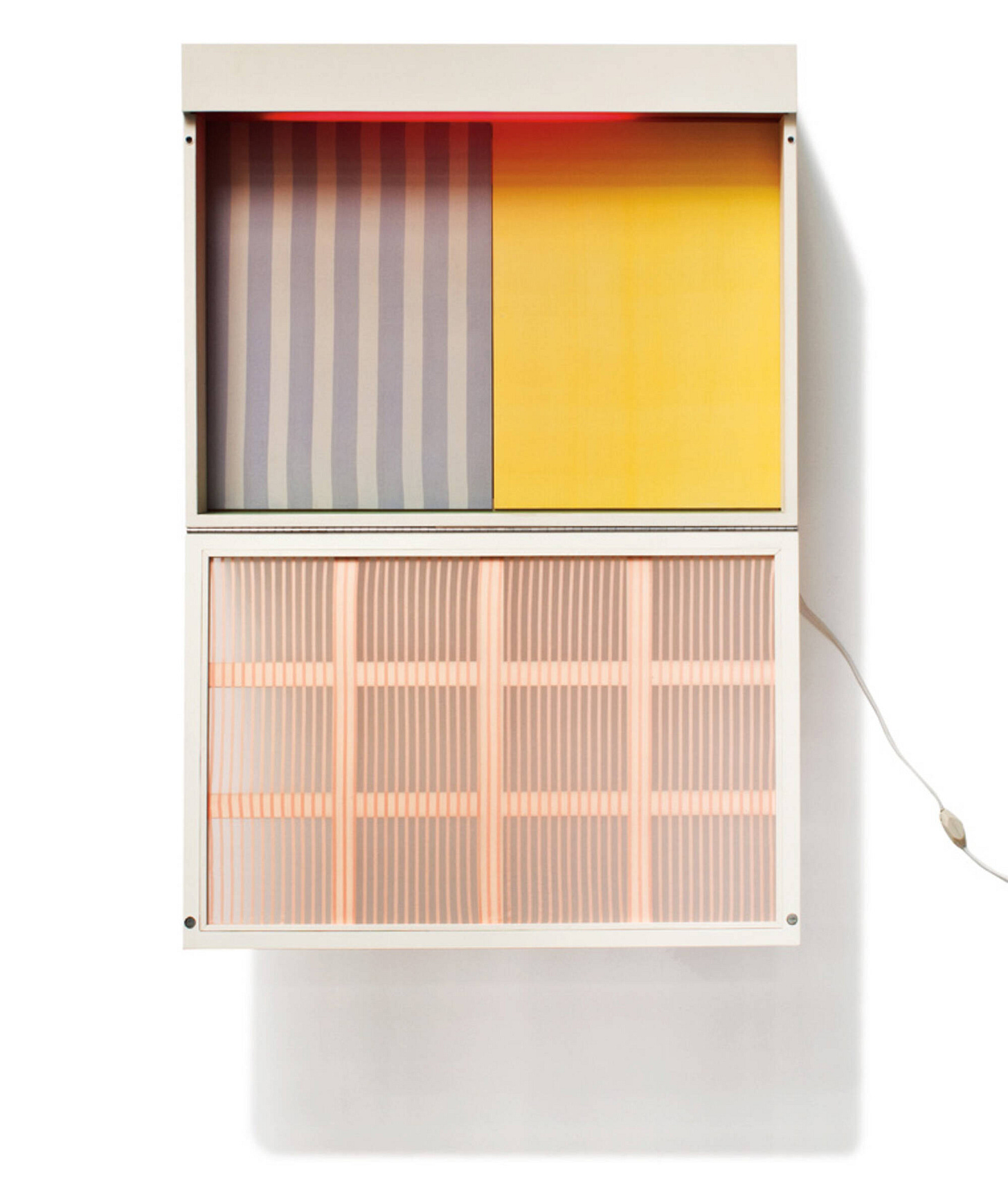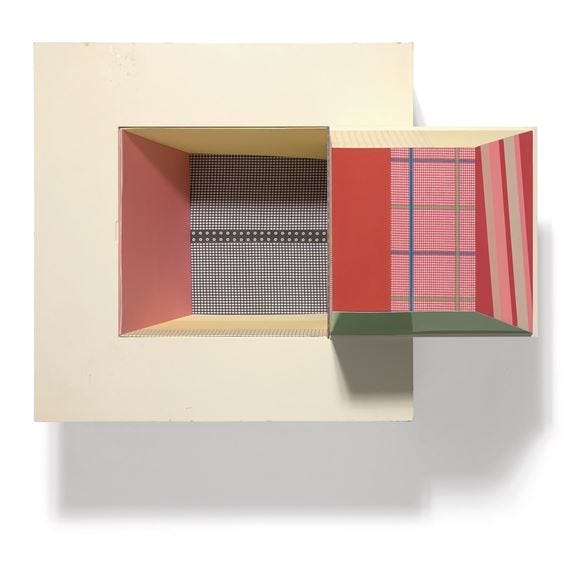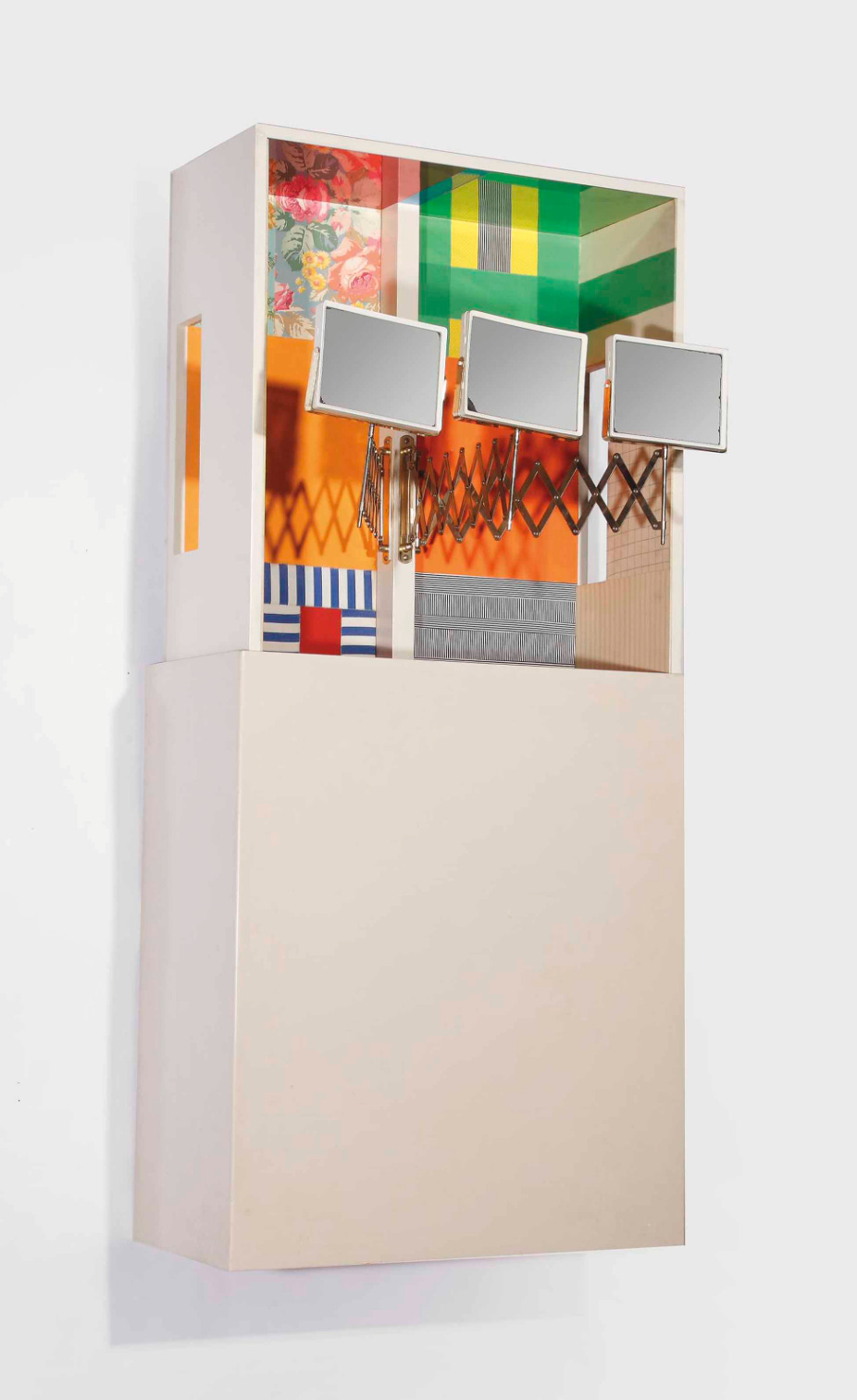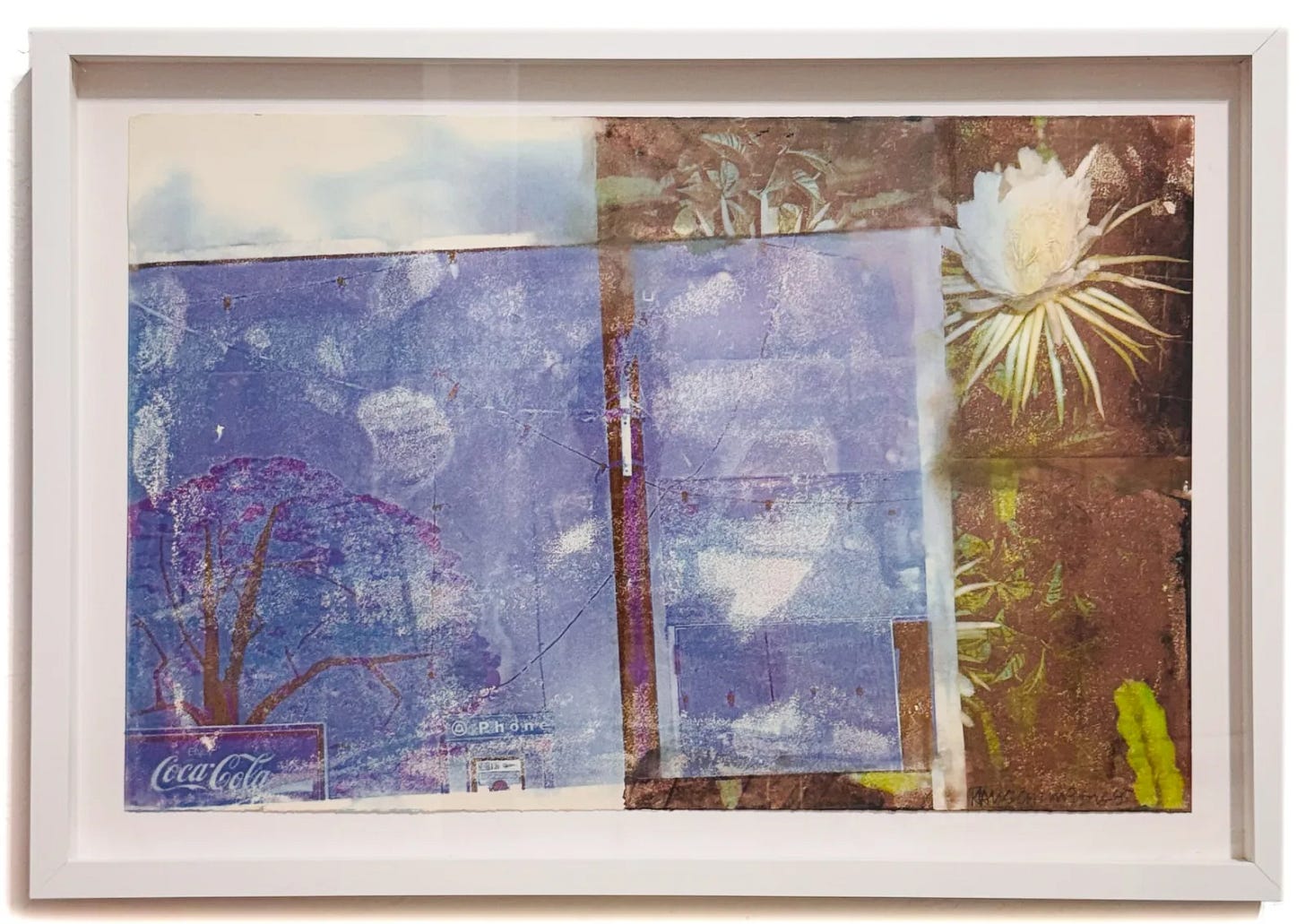Exceptional Works: Robert Rauschenberg
Behind the Sophisticated and Smart Series of Sculptures, "Publicons", by Robert Rauschenberg.
Weekly writing about the art market and the convergence of art and technology. By day, I’m a partner at the Robert Fontaine Gallery and a data science consultant. By night, I write Artxiom, ideas at the intersection of art, technology, and finance.
If you haven’t subscribed, join today by subscribing here:
Exceptional Works: Robert Rauschenberg
"Painting relates to both art and life. Neither can be made... I try to act in that gap between the two."
- Robert Rauschenberg
At the height of the Abstract expressionist movement in the 1950s, a new avant-garde shift began to materialize in the art world thanks to the work of a young duo - Robert Rauschenberg and Jasper Johns - was making in New York .
Robert Rauschenberg (1925-2008) went on to become one of the most radical and revolutionary American artists responsible for fundamentally reshaping the landscape of 20th-century art, bridging multiple artistic movements and challenging traditional boundaries between artistic mediums. Rauschenberg is most famous for his groundbreaking "Combine" paintings, which emerged in the 1950s. These works dramatically blurred the lines between painting and sculpture, incorporating everyday objects like clothing, newspapers, photographs, and found materials into his canvases. By doing so, he challenged the traditional notions of what could be considered art and expanded the definition of artistic creation.
Instrumental in connecting Abstract Expressionism with Pop Art and Conceptual Art, Rauschenberg served as a critical bridge between these significant artistic movements, helping to transform the artistic landscape of post-war art, e.g. art created between 1945 and 1970. He was also a pioneer in incorporating new technologies and materials into art. His "Combines" and later works using silk-screening, ready-made objects, some powered by electricity, and digital imagery demonstrated his constant innovation and willingness to experiment.
In 1978, Rauschenberg created a series of sculptures called Publicons, lesser-known but significant body of work that reflects his ongoing interest in combining media, technology, and everyday object.
Publicons are a series of six wall-mounted sculptures Rauschenberg made “Related to the Stations of the Cross”, the Rauschenberg Foundation explains. The Publicons are cabinets, each of which opens to reveal an enshrined object. The title merges ‘icon,’ a reference to medieval reliquaries and Renaissance altarpieces, and ‘public,’ since the sculptures are meant to be manipulated by the viewer, not just looked at.
Most of the pieces begin as simple white cabinets, which unfold in several directions to show a colorful interior of collage patterned fabrics and utilitarian objects - an oar, a bicycle wheel, makeup mirrors on extendable brackets, a suspended brick - items that have appeared repeatedly over the years in his body of work.
In 1978, Leo Castelli showed Publicons at his eponymous gallery, and Leo Rubinfien, the acclaimed writer and photographer, had this to say in Artforum magazine about the exhibition:
“The central device with which the “Publicons” work is the difference between their blank and unyielding exteriors and their exuberant contents. Since they are modeled on icon cases, a hint of the sacred still adheres to them, reinforced by their individual titles—Station I, Station II, etc. Thus one approaches and opens them a little cautiously, to find a crazy Pop/Surreal confusion inside. They are, in fact, as much jack-in-the-box as icons. I think a good part of what the “Publicons” are about is this mockery of their own audience of culture-lovers.
Though the “Publicons” are quite sophisticated works, they are mainly a repackaging of several of Rauschenberg’s and modernism’s standard motifs. Indeed, what makes the “Publicons” distinctive, interesting and energetic is the novel kind of package they demonstrate. And although it is probably new in recent art, this central idea of theirs is simple and blunt: a package one can manipulate at will, but always in the same way and to the same effect—open and closed”
The series aligns with Rauschenberg’s broader practice of blurring the boundaries between art and life, much like his Combines from the 1950s and 1960s. The Publicons were produced during a period when Rauschenberg was increasingly involved in international art projects including his Rauschenberg Overseas Culture Interchange (ROCI). This global perspective may have influenced the series’ conceptual framework, emphasizing how information and imagery circulate across different cultures.
In conclusion, Rauschenberg believed that art should reflect the complexity and randomness of life. His work challenged viewers to see beauty and meaning in ordinary objects and encouraged a more inclusive, democratic approach to artistic expression, the core meaning behind the Publicons.
Commemorating Robert Rauschenberg’s centennial this year, Robert Fontaine Gallery will spotlight several Rauschenberg’s iconic works at the Palm Beach Modern and Contemporary Art Fair held March 20-23, 2025. Publicon Station I, IV, and V will be center-staged at this year gallery’s stand # A1.
Another remarkable work being showcased at the Robert Fontaine Gallery’s booth is Robert Rauschenberg, Bradley (Anagram), 1995. “Bradley” (Fig. 10) is a unique artwork created in 1995 as part of his “Anagrams” series (1995-97). The series showcases Rauschenberg’s innovative approach to combining imagery and texture, utilizing digital color transfer from his own photographs using inkjet dyes.
Measuring 20 x 30 inches, “Bradley (Anagram)” is an inkjet dye transfer on paper. The piece reflects Rauschenberg’s experimental techniques, blending abstract and representational elements. Notable imagery includes a Coca-Cola sign, a blooming white flower, and urban details like telephone poles and signage. The interplay of vibrant and muted colors, along with overlapping textures, evokes themes of memory, consumerism, and the juxtaposition of natural and industrial elements.
Robert Rauschenberg
Bradley (Anagram), 1995
Unique Inkjet dye transfer on paper
20 x 30 inches
Signed and Dated
Robert Rauschenberg Foundation Registration Number [95.D049]
Rauschenberg has been the subject of numerous significant solo exhibitions, including surveys at the Jewish Museum, New York (1963); Whitechapel Art Gallery, London (1964); National Collection of Fine Arts, Washington D.C. (1976); Staatliche Kunsthalle, Berlin (1980); Fundación Juan March, Madrid (1985); Modern Art Museum of Fort Worth (1995); Solomon R. Guggenheim Museum, New York (1997); Palazzo dei Diamanti, Ferrara (2004); and the Metropolitan Museum of Art, New York (2005–06). The latest retrospective traveled to Tate Modern, London; the Museum of Modern Art, New York; and San Francisco Museum of Modern Art (2016–18). His work can be found in the permanent collections of nearly every major museum, including the Museum of Modern Art, New York; Moderna Museet, Stockholm; The Solomon R. Guggenheim Museum, New York; Musée national d’art moderne, Centre Georges Pompidou, Paris; San Francisco Museum of Modern Art; Kunsthaus, Zürich; and Tate Modern, London, among many others. Most notably, Rauschenberg won the Venice Biennale's Golden Lion Award in 1964. Rauschenberg was the first American to receive this prestigious international art award, solidifying his status as a transformative figure in 20th-century art.
Detailed Information about the Publicons
Figure 3
ROBERT RAUSCHENBERG
Publicon-Station I from the Publicon Series
Wood coated box with nitrocellulose lacquer, collaged silk and cotton fabrics, gold leaf paddle, baked epoxy enamel, and plexiglas
Edition of 30
Signed, numbered, and dated
Published by Gemini G.E.L., Los Angeles
59 x 30 x 12 in. closed
1978
Figure 5
ROBERT RAUSCHENBERG
Publicon-station IV from the Publicon Series
Wood coated box with nitrocellulose lacquer, collaged silk and cotton fabrics, bicycle wheel, baked epoxy enamel over polished aluminum, plexiglas, and a fluorescent light fixture
Edition of 30
Signed, numbered, and dated
Published by Gemini G.E.L., Los Angeles
28 x 36 x 13 in. closed
1978
Figure 7
ROBERT RAUSCHENBERG
Publicon-Station II from the Publicon Series
Wood coated box with nitrocellulose lacquer, collaged silk and cotton fabrics, and baked epoxy enamel over aluminum
Edition of 30
Signed, numbered, and dated
Published by Gemini G.E.L., Los Angeles
36 x 36 x 14 in. closed
1978
Figure 8
ROBERT RAUSCHENBERG
Publicon-Station II from the Publicon Series
Wood coated box with nitrocellulose lacquer, collaged silk and cotton fabrics, Plexiglas, brick, and a fluorescent light fixture
Edition of 30
Signed, numbered, and dated
Published by Gemini G.E.L., Los Angeles
18 x 36 x 8 in. closed
1978
Figure 9
ROBERT RAUSCHENBERG
Publicon-Station III from the Publicon Series
Wood coated with nitrocellulose lacquer, collaged silk and cotton fabrics, mirror extenders, hot-rolled steel and baked epoxy enamel over polished aluminium
Edition of 30
Signed, numbered, and dated
Published by Gemini G.E.L., Los Angeles
36½ x 31 x 15 in. closed
1978
For more information about these works, inquire below:
Thanks for reading! Subscribe here to receive Artxiom in your inbox each week:

